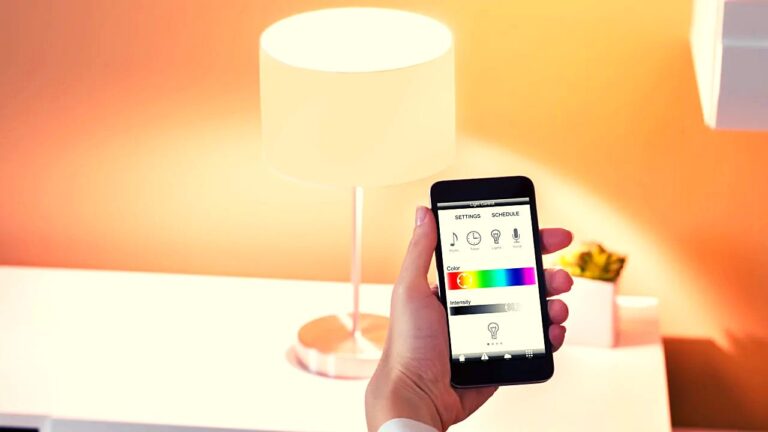Xiaomi announced its latest electric vehicle (EV) dubbed the Xiaomi YU7 for the Chinese markets on Tuesday. It is expected to join the Chinese company’s growing fleet of electric cars — a venture which began with the debut of the Xiaomi SU7, a four-door sedan EV focused on delivering a balance of luxury and performance, in March this year. Although specifics are yet to be revealed, the Xiaomi YU7 is anticipated to be its SUV offering that will aim to take on the likes of the Tesla Model X and the BYD Sealion 07 in China’s highly competitive EV market.
Table of Contents
Xiaomi YU7 Announcement
Taking to X (formerly Twitter), Xiaomi CEO Lei Jun shared images of the upcoming Xiaomi YU7 EV. It will be launched in “June or July” next year, as per the official. The company claims it has been unveiled ahead of time which will allow it to commence long-term and large-scale testing without being heavily camouflaged.
The Xiaomi YU7 heavily borrows design cues from the company’s existing SU7 sedan, including a very similar front fascia which also appears to have a likeness to the Porsche Taycan EV. Meanwhile, its overall cabin shape has a resemblance to the Ferrari Purosangue — the Italian automaker’s high-performance, four-door SUV.
Its design elements include a sloping roofline, LED headlamps with daytime running lights (DRLs), connected LED tail lamps, and flush-fitting door handles. The teaser images also hint at the inclusion of front and rear disc brakes.
According to media reports, the Xiaomi YU7 EV was mentioned in China’s Ministry of Industry and Information Technology (MIIT) website’s report of the latest batch of vehicles that will soon be allowed to be sold in the country, revealing its core specifications. It will reportedly measure 4,999 x 1,996 x 1,600mm in terms of dimensions, have a curb weight of 2405kg and a 3,000mm wheelbase.
The Xiaomi YU7 will reportedly be powered by dual electric motors mounted at the front and rear axles, with a maximum power output of 220kW and 280kW, respectively. The EV is also said to have a battery pack sourced from CATL although its capacity remains unknown.
